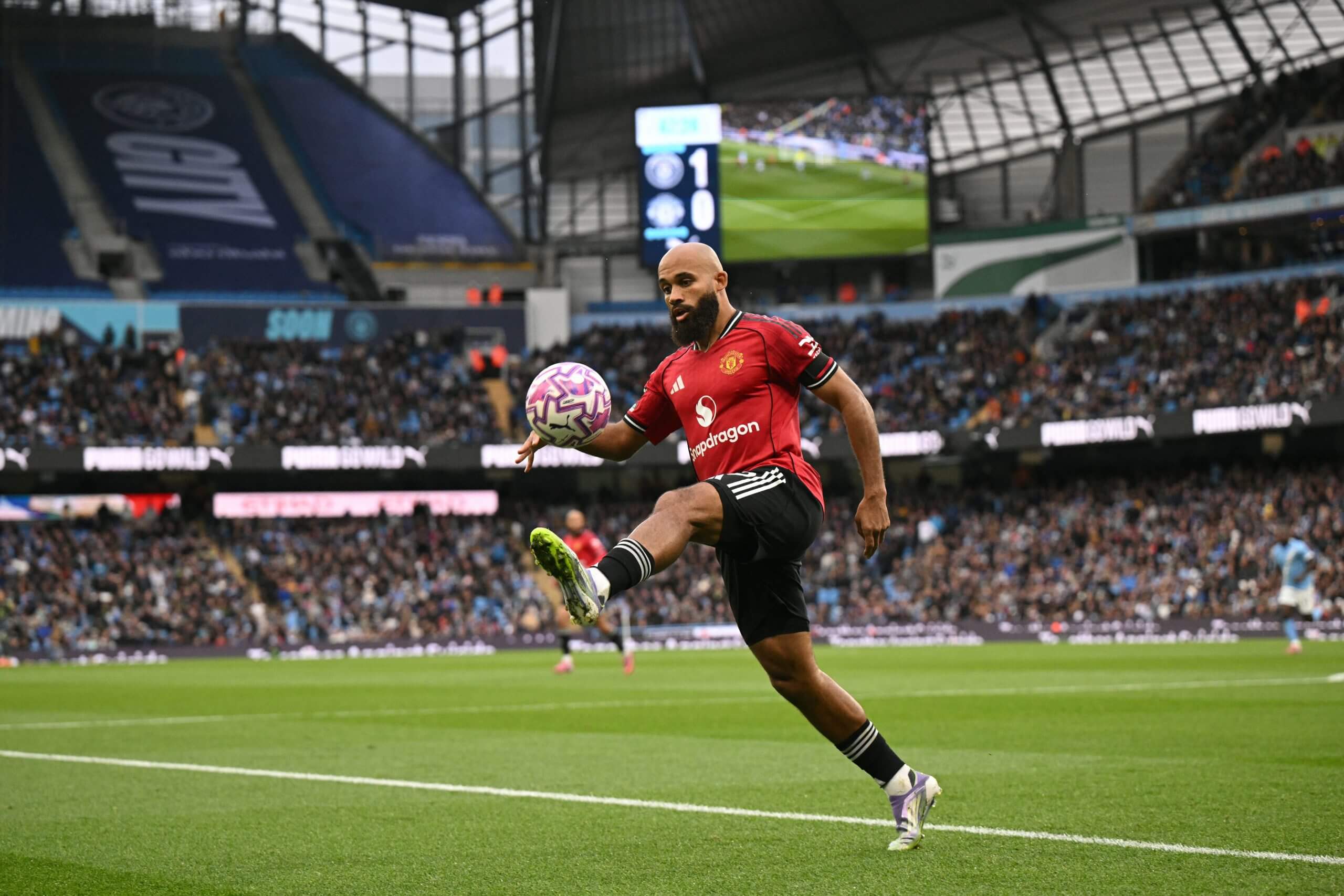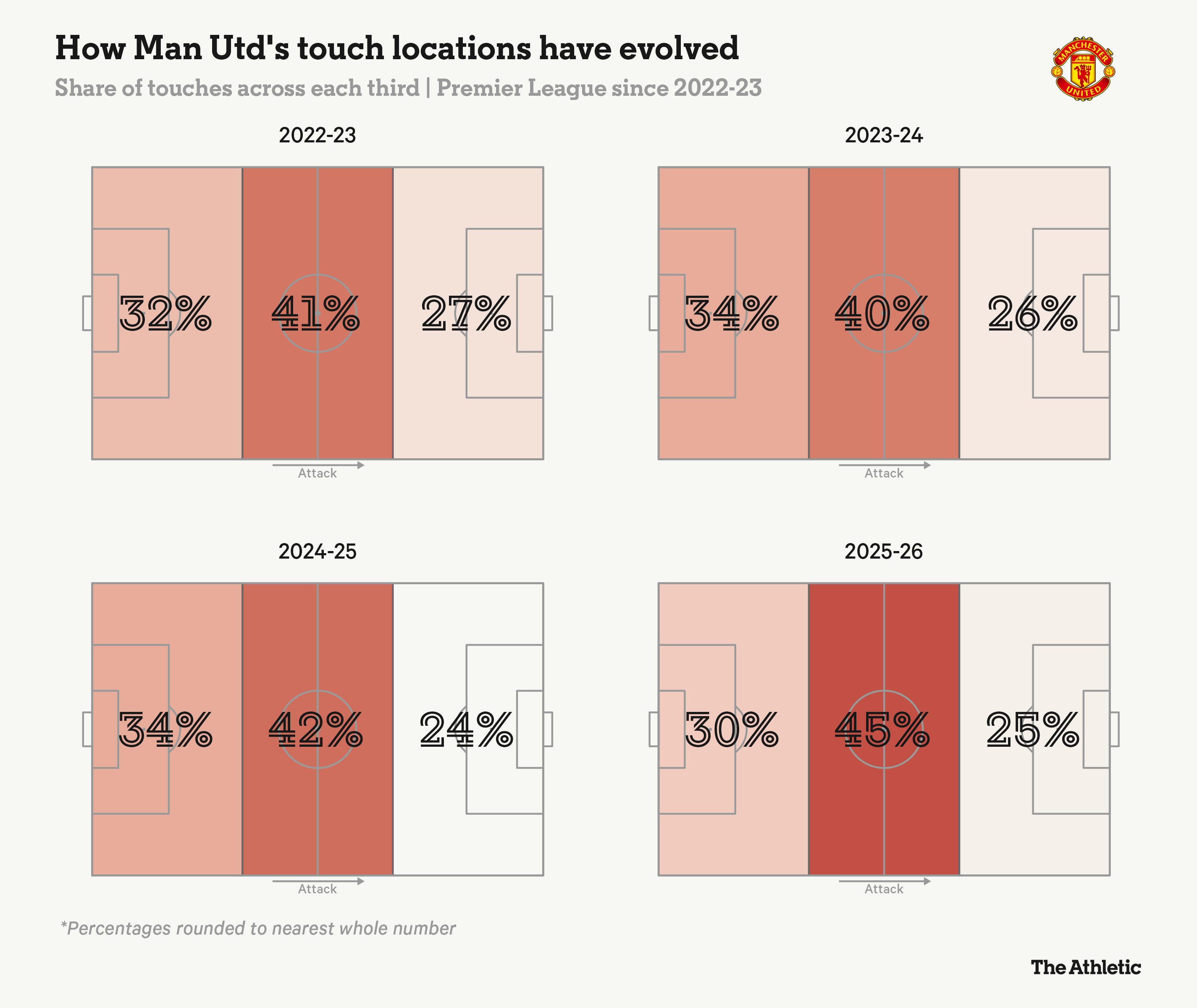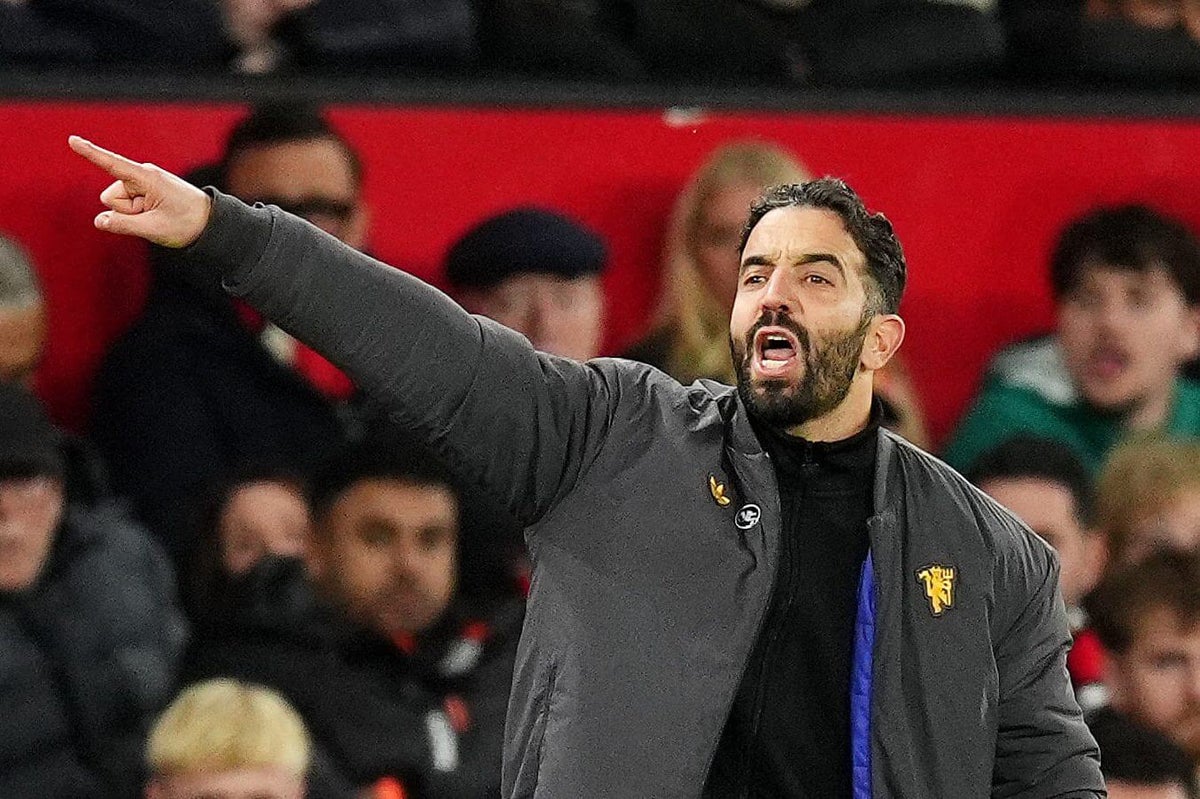With almost a quarter of the Premier League season already gone, Manchester United are in sixth place and only a point outside the top four, thanks to three back-to-back wins.
It is a good start, certainly better than many expected after the defeat away to Brentford just over a month ago. Ruben Amorim was ruminating on losing three of his opening six games that day, gearing up for another round of debate about his 3-4-3 formation.
“It’s always the same. When we win, it’s not the system. When we lose, it’s the system,” he said. Three victories later, the criticism of his set-up has gone quiet, and you have to admit he had a point.
Amorim always insisted he would not change his 3-4-3 set-up — or at least, that he would only do so on his terms — and has stayed true to that promise.
Still, when you compare the performances that led to last season’s miserable 15th-place finish with what United have served up for far this term, there have clearly been shifts of emphasis and tweaks in style within Amorim’s preferred setup.
Here, The Athletic has looked into the data behind United’s opening nine Premier League games in comparison with last season to identify the stylistic differences behind Amorim’s start to the new campaign.
Lammens’ long kicks
Let’s begin with an easy one. Long, launched passes out from the goalkeeper have been the starkest difference in United’s style of play this season, particularly since Senne Lammens’ debut against Sunderland.
Lammens’ 37 long passes that day were followed by an astonishing 45 at Anfield, only two fewer than all of Liverpool’s players attempted. Another 32 long Lammens passes followed against Brighton last weekend.
This was also happening with Altay Bayindir, who went long with 47 per cent of his passes when he was starting, but Lammens’ introduction has taken the approach into overdrive.
United’s average of 23.2 launched goalkeeper passes per 90 minutes is the most in the Premier League — more than second-placed Everton, who have topped this metric over the past two seasons — and a 76 per cent increase on the amount Amorim’s side played last season.
The seeds of this change were there last term, though. Earlier in the year, Amorim instructed Andre Onana to go long if he felt attempting to play out from the back was too risky.
Still, United’s goalkeepers played short the vast majority of the time. This season, there has been an even 50-50 split between short and long passes. And with Lammens around, that only appears to be heading in one direction.

That is not the only difference between the sticks, either. Although still drawn from a relatively small sample, the percentage of crosses United’s goalkeepers are stopping has jumped by more than half.
Lammens’ commanding claims of high balls have proved very popular with supporters inside Old Trafford so far and the hope will be that they continue.
Faster, more direct play all over the pitch
Lammens’ long kicks should not overshadow how United’s all-round play has also become far more direct under Amorim this season.
Much has been made about how the Premier League is veering back to a more robust, chaotic style in general, but United even stand out on some metrics within that context. Amorim’s side have attempted the third-most long balls overall, for example, after only sitting around league average last season.
The fifth-slowest attack in the league during the 2024-25 campaign is now the eighth-fastest. United’s number of passes per possession and number of possessions with 10 or more passes have fallen significantly.
United’s faster, more direct style
10+ pass sequences
8.8
12.4
11
5
Direct speed
1.8
1.6
8
16
Passes per sequence
3.3
3.9
14
6
Sequence time
8.8
10.9
14
6
It is hard not to separate these tactical changes from the changes in personnel over the summer, particularly in the forward line.
No side in the Premier League has attempted more switches of play this season than United, although this was especially pronounced on the opening weekend against Arsenal, and the repeated switches out to the right flank to capitalise on Bryan Mbeumo’s speed in behind.

Mbeumo has been a target of United’s long passes (Oli Scarff/AFP via Getty Images)
You might also suspect that the signing of a 6ft 5in (195cm) Slovenian target man might see United play a lot more crosses than usual, but despite Benjamin Sesko’s arrival, United’s volume of crossing is largely unchanged.
The execution has improved, though. United are successfully completing 3.1 crosses into the penalty area per game — up by a substantial 62 per cent, and the second-most of any side in the league.
Fewer risky losses of possession
One of the most striking differences in the data relates to United’s number of touches in their own defensive third. Last season, no Premier League side had more. This season, only Arsenal have had fewer.
Take that as a proportion of all United’s touches across the pitch and only 30 per cent have come deep in their own territory, a significantly lower share than in each of the last three seasons.

Again, this is a downstream consequence of United’s goalkeepers playing long and a more direct style in general, but it has helped solve one of the many issues that Amorim faced last season.
United lost possession in their own defensive third 5.4 times per game last season. Only Tottenham Hotspur and Southampton — two sides who could be steadfastly committed to playing out from the back — gave up possession that close to their own goal more often.
This season, United’s figure is way down to 2.4 losses of possession in the defensive third per game — again, second only to Arsenal.
United not only struggled to move the ball up the pitch last season, but regularly lost possession close to their own goal while doing so. Going longer and more direct has addressed this, but has inevitably led to United’s overall share of possession falling too.
After their opening nine games, United’s average share of the ball sits at a shade above 50 per cent, down from 54 per cent last season. But maybe that is a price worth paying if it means having more of it further away from their own goal and closer to the opponent’s.
No more outswinging corners
League-wide, the story of the season so far is one of set pieces. Top-flight sides are optimising for dead-ball situations more than ever, drilling down into routines to eke out the slightest edge. And so on that note, have you noticed that United are no longer taking outswinging corners?
Bruno Fernandes was typically United’s corner taker last season, with fellow right-footer Christian Eriksen also delivering his fair share in a more limited amount of minutes. Amad, a left-footer, took the next most.
United lacked a genuine, left-footed option for taking corners who would start regularly and play a large proportion of minutes, however.
Mbeumo’s arrival has changed that. He and Fernandes have typically shared corner-taking duties this season, with an almost even split, and the result is a jump in the number of inswingers played and the absence of any outswingers at all.

United have also stopped playing corners shorter and deeper, beyond the perimeter of the 18-yard box for the ball to be crossed in or worked inside.
The effect has been largely positive. United have scored three set-piece goals from 0.49 expected goals (xG) from set pieces per game. That is cancelled out, however, by 0.53 xG conceded from set pieces per game, the third-highest in the league and up from 0.34 per game last season.
As Charalampos Kostoulas, Trevoh Chalobah and Riccardo Calafiori, among others, have demonstrated this season, United’s set-piece defending still leaves something to be desired.
Execution-based numbers like xG can still have more than a little air in them after only nine games, though. The stylistic data points highlighted above are more dependable at this stage, as they relate to repeated and often deliberate choices that managers and players are making.
And in United’s case, those data points suggest that while the 3-4-3 remains, other aspects of Amorim’s set-up are changing. This is a team that is playing faster, quicker and more direct than they were under him last season, even in the context of a faster, quicker and more direct Premier League.
Additional reporting: Mark Carey
